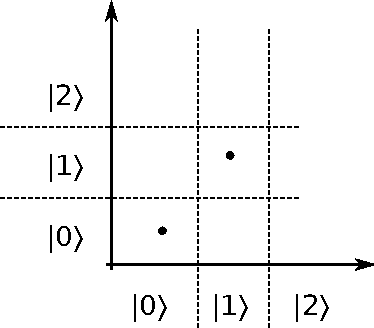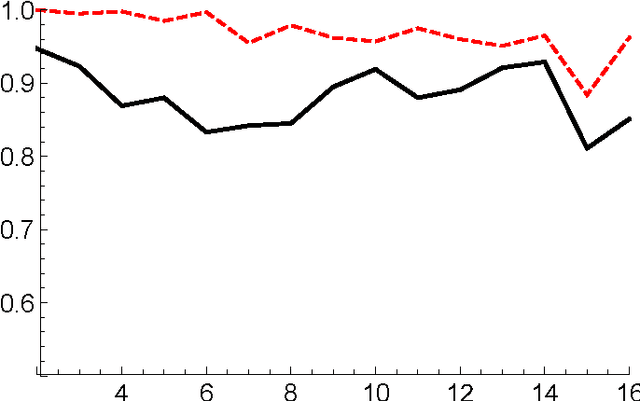Separable and non-separable data representation for pattern discrimination
Paper and Code
Mar 15, 2015

We provide a complete work-flow, based on the language of quantum information theory, suitable for processing data for the purpose of pattern recognition. The main advantage of the introduced scheme is that it can be easily implemented and applied to process real-world data using modest computation resources. At the same time it can be used to investigate the difference in the pattern recognition resulting from the utilization of the tensor product structure of the space of quantum states. We illustrate this difference by providing a simple example based on the classification of 2D data.
* 11 pages, 2 figures
 Add to Chrome
Add to Chrome Add to Firefox
Add to Firefox Add to Edge
Add to Edge